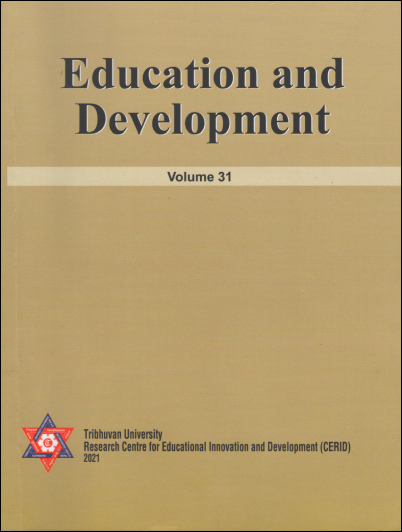Governance Imperative on Strategic Management of Higher Educational Institutions in Nepal
DOI:
https://doi.org/10.3126/ed.v31i01.62207Keywords:
external governance, governance, higher education, internal governance, strategic managementAbstract
Higher education institutions (HEIs) are supposed to play a catalytic role in transforming society through teaching, research, and extension to address the challenges faced by the society. For the same, HEIs have to design, implement, monitor, evaluate and control feasible strategies in changing context. In this backdrop, the objectives of this research were to uncover the governance of HEIs in Nepal and assess how the governance of HEIs contributes to strategy formulation, implementation, monitoring, evaluation, and control the core business of HEIs. Using the global literature on higher education governance and strategic management, this research uncovered the governance of higher education in Nepal and its impact on strategic management. Interviews with university officials, Campus Chiefs and qualitative secondary data revealed that the exogenous influences from intra-governmental organizations such as the World Bank and Asian Development Bank (ADB) is high in framing higher education policies, plans and programs. The internal governance within the country was strong in the past, but is gradually becoming weaker. This is due to the intervention of interest groups within higher education sector to give it a political flavor for their benefit. Institutions with strong internal governance demonstrate sound strategic management practices that steer them towards their core business and can transform themselves and play a catalytic role in society, not only in the present but in the future also.
Downloads
Downloads
Published
How to Cite
Issue
Section
License
Copyright (c) 2021 The Author(s)

This work is licensed under a Creative Commons Attribution-NonCommercial 4.0 International License.
CC BY-NC 4.0. This license requires that reusers give credit to the creator. It allows reusers to distribute, remix, adapt, and build upon the material in any medium or format, for noncommercial purposes only.




